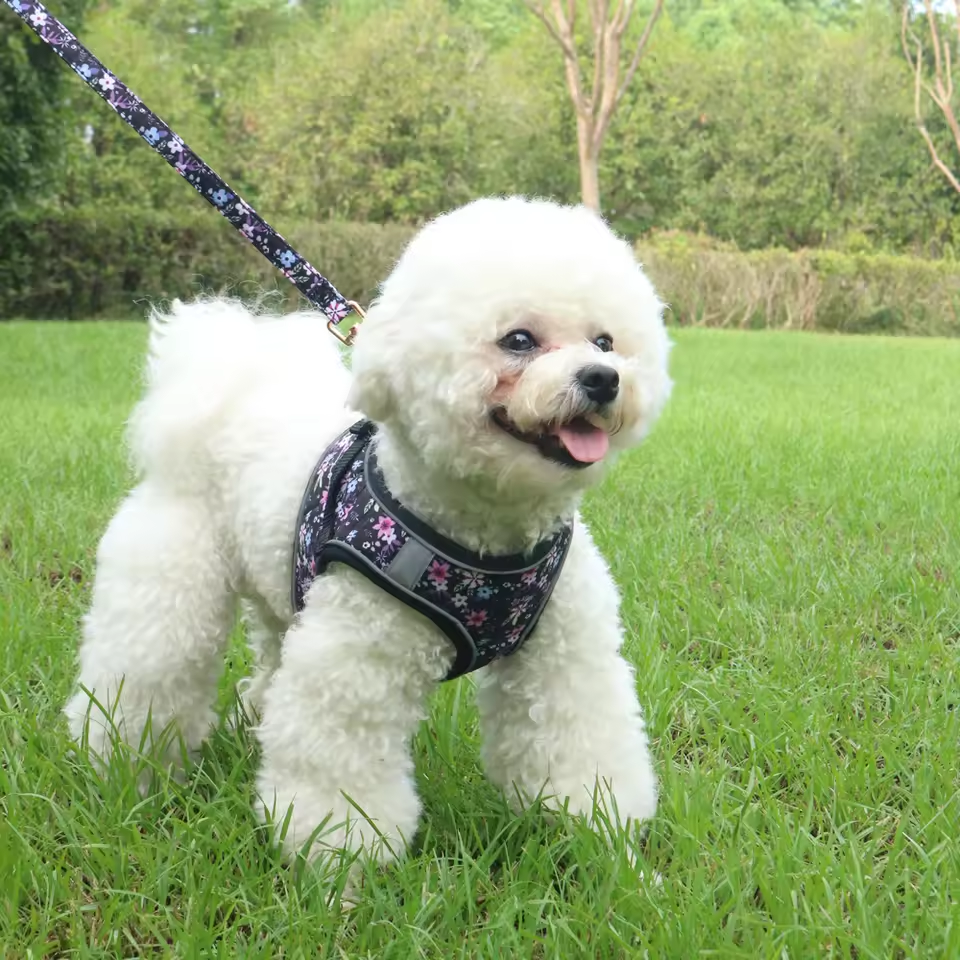For generations, squirrel dogs have been a cherished companion for hunters, their keen noses and energetic spirit flushing out elusive squirrels in the woods. But transforming an adorable pup into a skilled squirrel dog takes patience, dedication, and the right training techniques. This guide equips you with the knowledge to embark on this rewarding journey with your furry friend.
Contents
- Starting Young: Building the Foundation
- Introducing Squirrels: Scent Work and Positive Reinforcement
- Developing Essential Skills: Tracking and Treeing
- Important Considerations: Patience, Ethics, and Respect
- Beyond the Basics: Advanced Techniques
- Safety and Ethics in Squirrel Dog Training
- The Bond of the Hunt: A Rewarding Partnership
Starting Young: Building the Foundation
The earlier you begin training, the more effectively your dog will learn the desired behaviors. Ideally, start introducing basic obedience commands like “sit,” “stay,” and “heel” around 6-8 weeks old. These commands become crucial for maintaining control and focus in the field later on.

Introducing Squirrels: Scent Work and Positive Reinforcement
Once your pup has a grasp of basic commands, it’s time to introduce them to the object of their future pursuit – the squirrel! However, safety is paramount. Here’s a step-by-step approach:
-
Controlled Exposure: Begin by using commercially available squirrel scent drags or hides. Drag the scent around your yard while keeping your dog on a leash. When they show interest in the scent, reward them with praise and treats. This creates a positive association with the squirrel scent.
-
The Scent Box: Confine a live squirrel (ethically trapped and unharmed) in a secure, escape-proof box with proper ventilation. Let your dog sniff and observe the squirrel from a safe distance. Their natural instincts will kick in, but the box prevents any harm. Reward calm and focused behavior around the box.
-
The Tree Introduction: Locate a tree frequented by squirrels and ensure the area is safe from traffic or other hazards. Keep your dog on a leash and observe how they react to seeing a squirrel in its natural habitat. Reward them for staying calm and attentive to your commands.

Developing Essential Skills: Tracking and Treeing
As your dog becomes comfortable with squirrel scents and sightings, it’s time to hone their tracking and treeing abilities:
-
Drag Training: Drag a squirrel scent trail through a wooded area, simulating a squirrel’s movement. Encourage your dog to follow the trail using a leash and praise them for staying on track. Gradually increase the distance and complexity of the trail as they progress.
-
The Squirrel in the Tree: Find a safe location with a squirrel visible high up in a tree. Let your dog observe the squirrel and use positive reinforcement to encourage them to bark or point at the tree. This teaches them to alert you to the squirrel’s location.

Important Considerations: Patience, Ethics, and Respect
Squirrel dog training is a marathon, not a sprint. Celebrate small victories and avoid harsh corrections. Remember, these are intelligent creatures who learn best with positive reinforcement.
Always prioritize ethical hunting practices. Ensure you have the proper licenses and permits, and only hunt in designated areas during permitted seasons. Respect wildlife by minimizing stress on the animals and avoiding destructive hunting practices.

Beyond the Basics: Advanced Techniques
For experienced trainers, here are some advanced techniques to further refine your squirrel dog’s skills:
-
Gunshot Desensitization: Introduce your dog to the sound of gunfire in a controlled environment. Start with low-noise calibers at a distance and gradually increase the intensity as they become accustomed to the sound.
-
Obedience in the Field: Reinforce basic obedience commands like “heel” and “come” during training sessions in the field. This ensures you maintain control and safety while hunting.
-
Pack Hunting: If you plan to hunt with multiple dogs, introduce them to each other gradually and ensure they can work together effectively. Observe their interactions and address any dominance issues that might arise.

Safety and Ethics in Squirrel Dog Training
Squirrel dogs, with their sharp noses and boundless energy, have long been a hunter’s trusted partner. But training them requires a delicate balance between honing their skills, ensuring their safety, and respecting the animals they pursue.
Prioritizing Safety for Both Dog and Wildlife
Safety should always be paramount. Here’s how to keep your dog and the squirrels safe:
- Start Young: Introduce basic obedience commands early on. This helps maintain control during training and future hunts, preventing your dog from running off or getting injured.
- Controlled Exposure: Use controlled environments like scent drags or boxes with trapped squirrels to introduce your dog to their quarry. This allows them to learn without risk of harm to themselves or the squirrel.
- Respecting Wildlife: Only hunt during permitted seasons and in designated areas. Minimize stress on squirrels by avoiding destructive hunting practices.
Ethical Considerations: Responsible Hunting Practices
Ethical hunting ensures the sustainability of the sport and minimizes stress on wildlife. Here are some key points to remember:
- Know Your Regulations: Obtain the necessary licenses and permits before hunting. Familiarize yourself with local regulations regarding hunting seasons, bag limits, and permitted areas.
- Respectful Hunting Techniques: Use humane traps and avoid methods that might cause unnecessary pain or suffering to squirrels.
- Focus on Skill Development: Focus your training on developing your dog’s tracking and treeing abilities. This fosters a sense of accomplishment through their natural instincts, rather than solely rewarding the capture of a squirrel.
Building a Strong Foundation with Positive Reinforcement
Squirrel dog training thrives on positive reinforcement. Here’s how to ensure your dog associates training with positive experiences:
- Reward Good Behavior: Use praise, treats, and affection to reward your dog for exhibiting desired behaviors like tracking a scent trail or alerting you to a squirrel in a tree.
- Avoid Harsh Corrections: Harsh corrections can damage the trust between you and your dog. Focus on redirecting unwanted behaviors and offering alternative ways for them to succeed.
- Patience is Key: Squirrel dog training takes time and dedication. Celebrate small victories and maintain a positive, encouraging attitude throughout the process.
A Fulfilling Partnership Built on Respect
By prioritizing safety, ethical practices, and positive reinforcement, you can create a fulfilling partnership with your squirrel dog. Witnessing your dog develop its skills ethically and humanely is a rewarding experience that strengthens your bond and creates lasting memories. Remember, a skilled squirrel dog is a product of responsible training and respect for both your canine companion and the wildlife it pursues.
The Bond of the Hunt: A Rewarding Partnership
Squirrel dog training is a journey that strengthens the bond between you and your canine companion. It requires dedication, patience, and a love for the outdoors. Witnessing your dog develop their natural instincts and working together as a team to achieve a successful hunt is an unparalleled experience. With the right approach and unwavering commitment, you can transform your furry friend into a skilled squirrel dog, creating memories that will last a lifetime.


